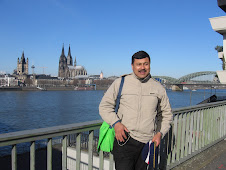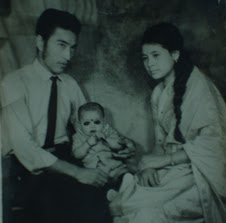Shrestha, B. (1999). Economic Analysis of Two Cycles of Fertiliser Application in Long-term Soil Fertility Experiments on Rice-Wheat, Maize-Millet and Upland Rice-Blackgram Systems in the Western Hills. Lumle Seminar Paper No. 99/7. Paper presented at soil fertility workshop, jointly organised by NARC and Reading University, UK from 25 - 26 July 1999 at Dhulikhel, Kavre District. Kathmandu. Kaski, Nepal: Agricultural Research Station, Lumle.
An economic analysis of fertiliser application over non-application was carried out on the basis of two cycles (1997/98 and 1998/99) of long-term soil fertility experiments conducted on rice-wheat system at Chambas and Pakuwa, maize-millet system at Dor Dor Gaun and upland rice-blackgram system at Dor Dor Tar. The data on the economic parameters under study and the information on the human labour required for applying fertilisers were collected during the field survey conducted in May 1999. The analysis revealed that the farmers' practices of applying inorganic fertilisers at the rate of 50:15:15 kg N:P:K/ha, 80:15:15 kg N:P:K/ha, 90:30:30 kg N:P:K/ha and 40:15:15 kg N:P:K/ha respectively, in rice, wheat, maize and upland rice resulted in the highest net returns over non-application i.e. control, whereas the farmers' practices of applying organic fertilisers to supply the same quantity of nitrogen in above crops were economically not profitable over control. That was because of lesser quantity of inorganic fertilisers and human labour required for broadcasting in the form of basal dose at the time of land preparation and for top dressing with nitrogen, unlike the application of farmyard manure (FYM) which required relatively greater quantity of biomass and human labour required for portage from the place of origin (livestock shed) to the land under cultivation and incorporation in the soil. However, in the long run there could be lesser returns from the application of inorganic fertilisers due to degradation in the physical and chemical properties of soil thereby leading to decreasing crop productivity. Thus, the future research on FYM should be directed towards enhancing the economic uses of FYM so that the significant net returns could be generated.
My Brief Biography

- BASAN SHRESTHA
- I am Basan Shrestha from Kathmandu, Nepal. I am a development professional with expertise in socio-economic research, monitoring and documentation. I hold 3 master degrees 1) MSc in Regional and Rural Development Planning, Asian Institute of Technology, Thailand, 2002; 2) MSc in Statistics, Tribhuvan University (TU), Kathmandu, Nepal, 1995; and 3) MA in Sociology, TU, 1997. I have gained professional experience for more than 10 years in socio-economic research, monitoring and documentation on agricultural and natural resource management. I had worked in Lumle Agricultural Research Centre, western Nepal from 1997 to 2000; CARE Nepal (SAGUN Program), mid-western Nepal from 2003 to 2006 and Western Terai Landscape Complex Project in far-western Nepal from 2006 onwards. I have published some articles to my credit. With my sound academic background and professional experience, I am much encouraged to undertake PhD to explore equity in Community Forest Management analysing both procedural and distributional aspects. Your kind cooperation, if any, to link with the concerned personnel and authorities would be instrumental and appreciated.
Subscribe to:
Post Comments (Atom)



















No comments:
Post a Comment